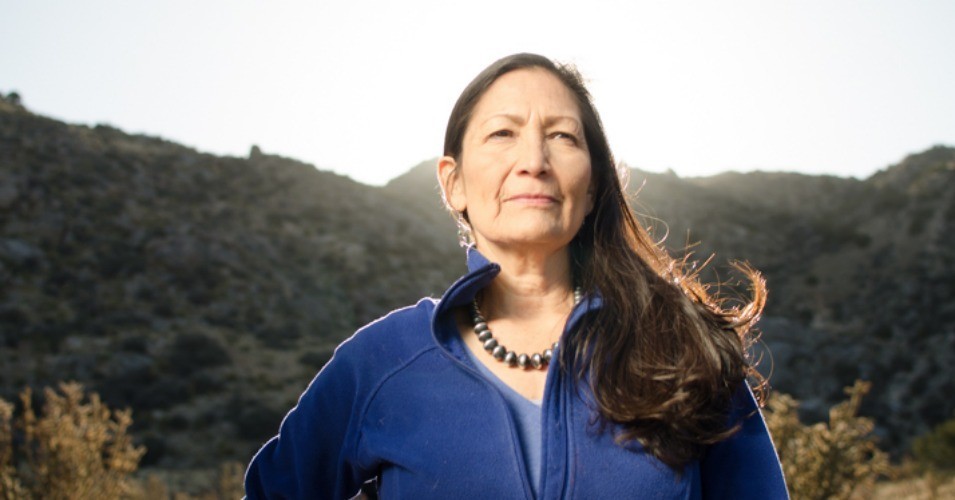Majority of women running in primaries secure nominations
Women won big in Tuesday’s primary, securing party nominations in at least 56 races for federal and statewide executive offices. By the end of the night, the United States moved one step closer to electing the first indigenous woman to Congress and was poised to break the glass ceiling in a variety of other races across the country.
“Tonight, New Mexico made history,” said Deb Haaland, a member of the Laguna Pueblo tribe in a message posted on Twitter. She won a primary in her state’s 1st Congressional District, and is expected to secure victory in the general election. “Our win is a victory for working people, a victory for women, and a victory for everyone who has been sidelined by the billionaire class.”

It’s a pattern that has defined elections in 2018. Nearly half of the 772 women running for federal or state office this year “have faced their first contests, in 21 states—and more women have won their primaries than lost,” according to Vice News. Approximately 70 percent of these women are running for Democratic seats, the outlet reported, but “even in the Republican Party women are making headway, garnering nominations in 44 percent of the primary races where women were on the ballot.”
So far, women of color have been more successful in this year’s elections than white women. Asian and Pacific Islander women have won two-thirds of their primaries, and Hispanic women have won about half, as have Black and White women, according to the Center for American Women and Politics. On Tuesday, Michelle Lujan Grisham secured the gubernatorial nomination in New Mexico’s Democratic race, which means there are now two Hispanic women in contention to become governor in their states.
Mississippi has never elected a woman to Congress—something that may change this election season. Republican Cindy Hyde-Smith, who was appointed to replace Senator Thad Cochran in April, may be the first when she competes against three men to keep her seat in November.
In California, meanwhile, women have been largely shut out of election season. It is “the one state with a governor’s race and no women leading in it,” according to The New York Times,” and “none of the women running in the most promising Republican districts—those that were won by Hillary Clinton in 2016—won the endorsement of the state Democratic Party.”
Some news outlets have started referring to 2018 as “Year of the Woman 2.0” (an appellation also used in 2012), echoing the significant gains women made during the 1992 election cycle. Political strategists, meanwhile, have emphasized that these results are not an inevitable product of the #MeToo movement but a reflection of long-term work. Emily’s List, an organization that supports pro-choice Democratic women running for office, said as much when they posted a message on Twitter celebrating this week’s results. “Women don't just magically win elections,” the organization said. “We've spent decades recruiting, training, and supporting incredible pro-choice Democratic women, and this cycle, that work is paying off in huge, historic primary victories.”
More articles by Category: Politics
More articles by Tag: Women of color, Women's leadership



























